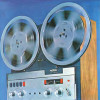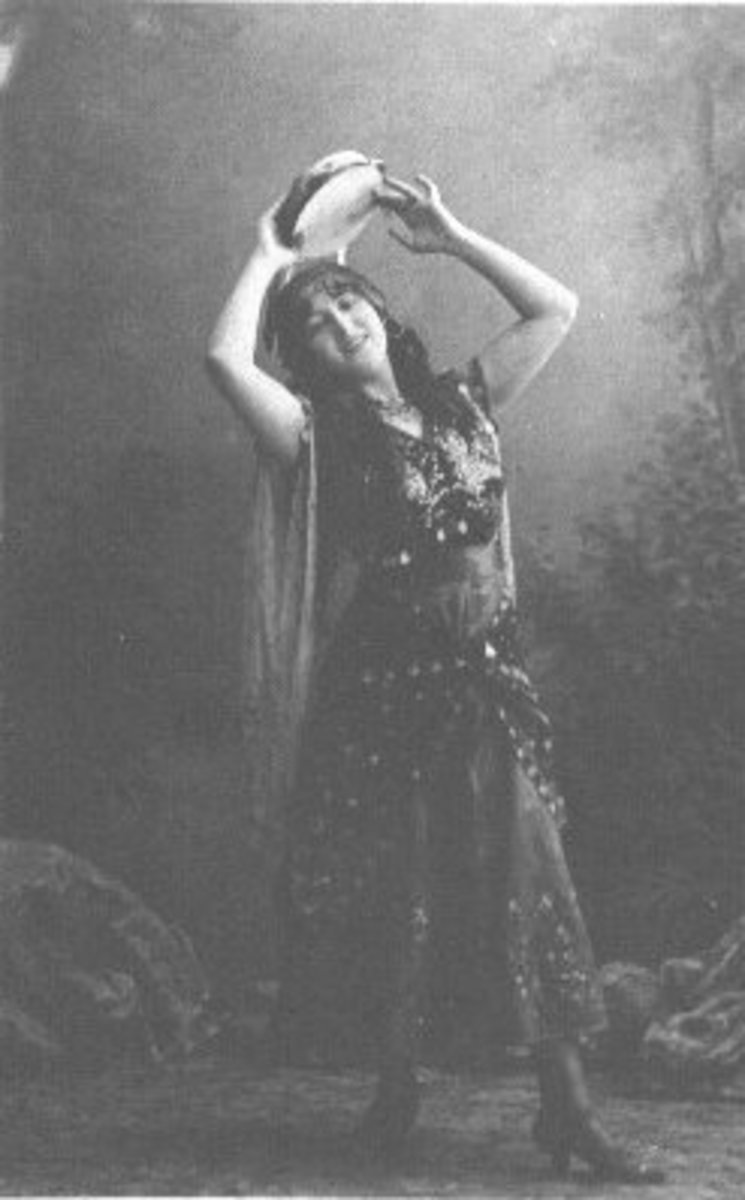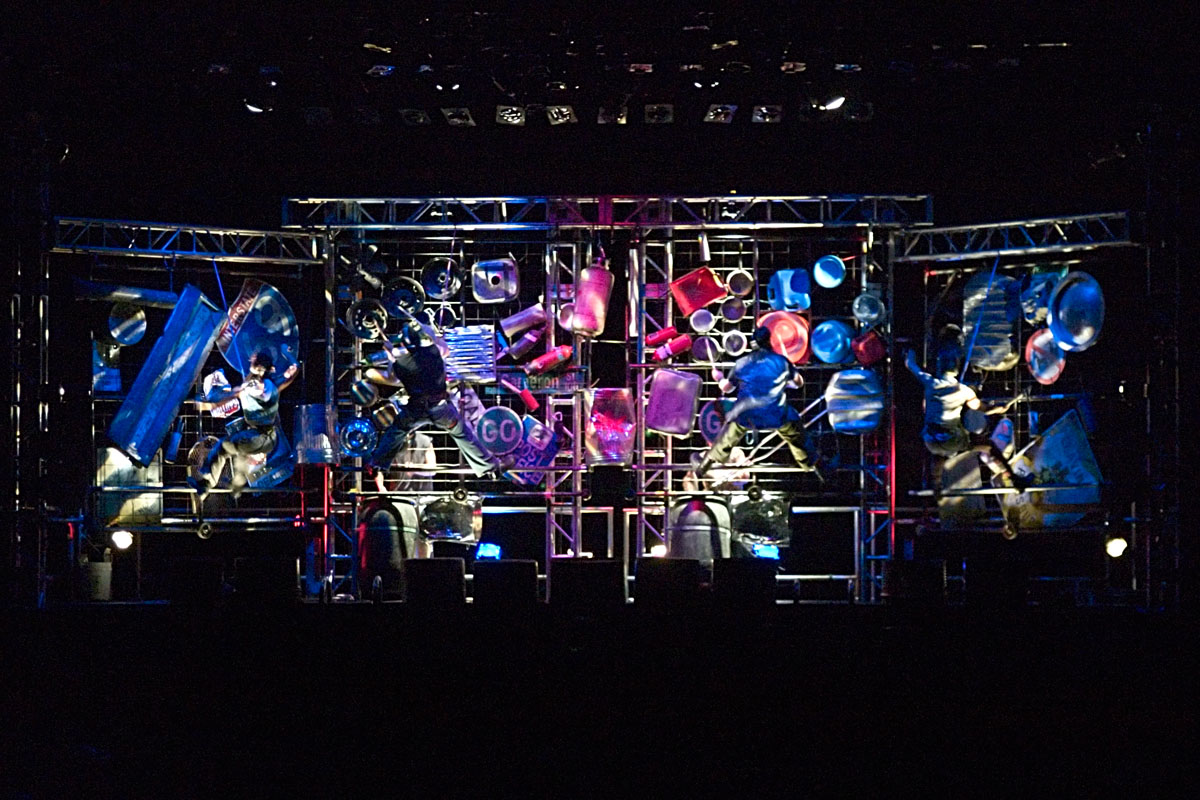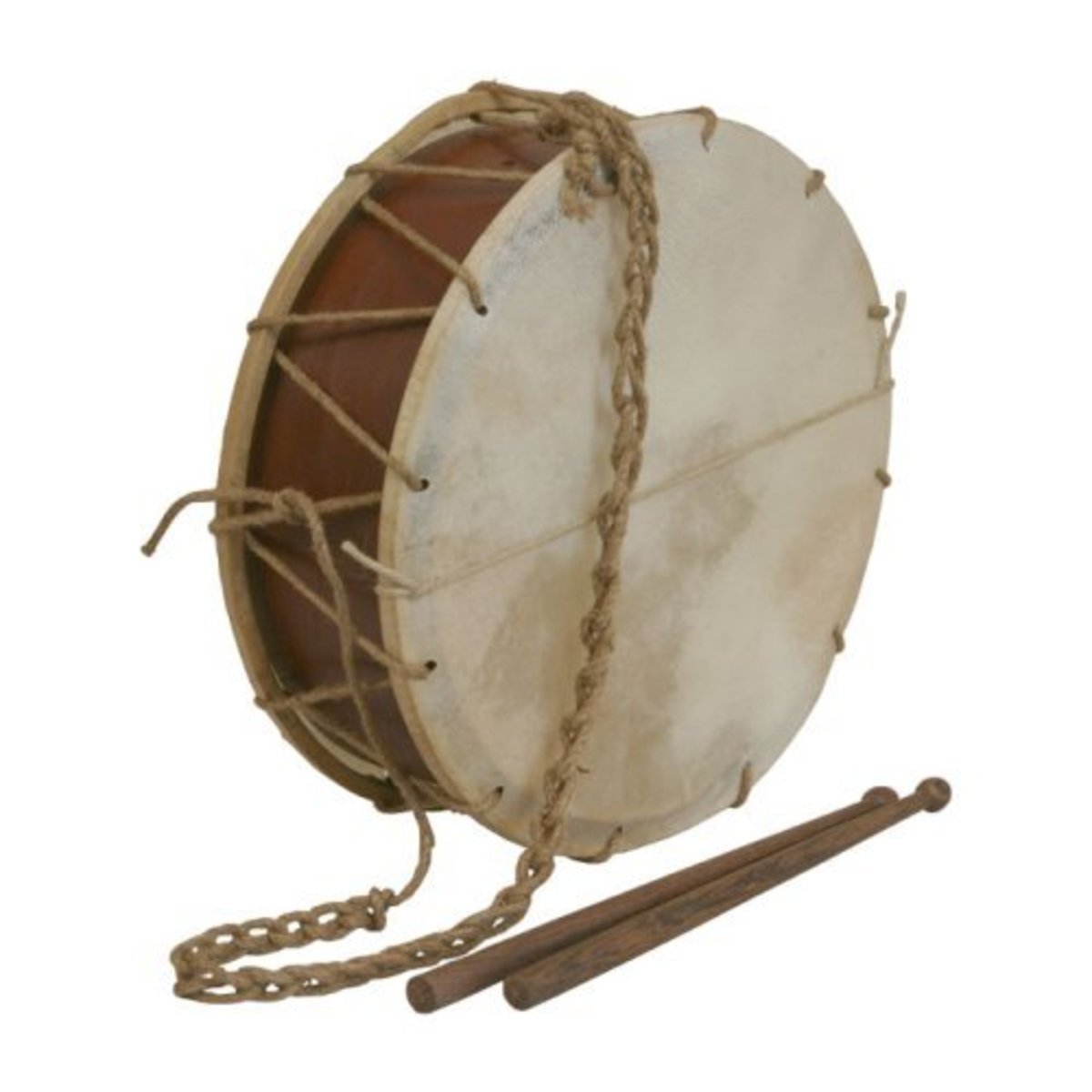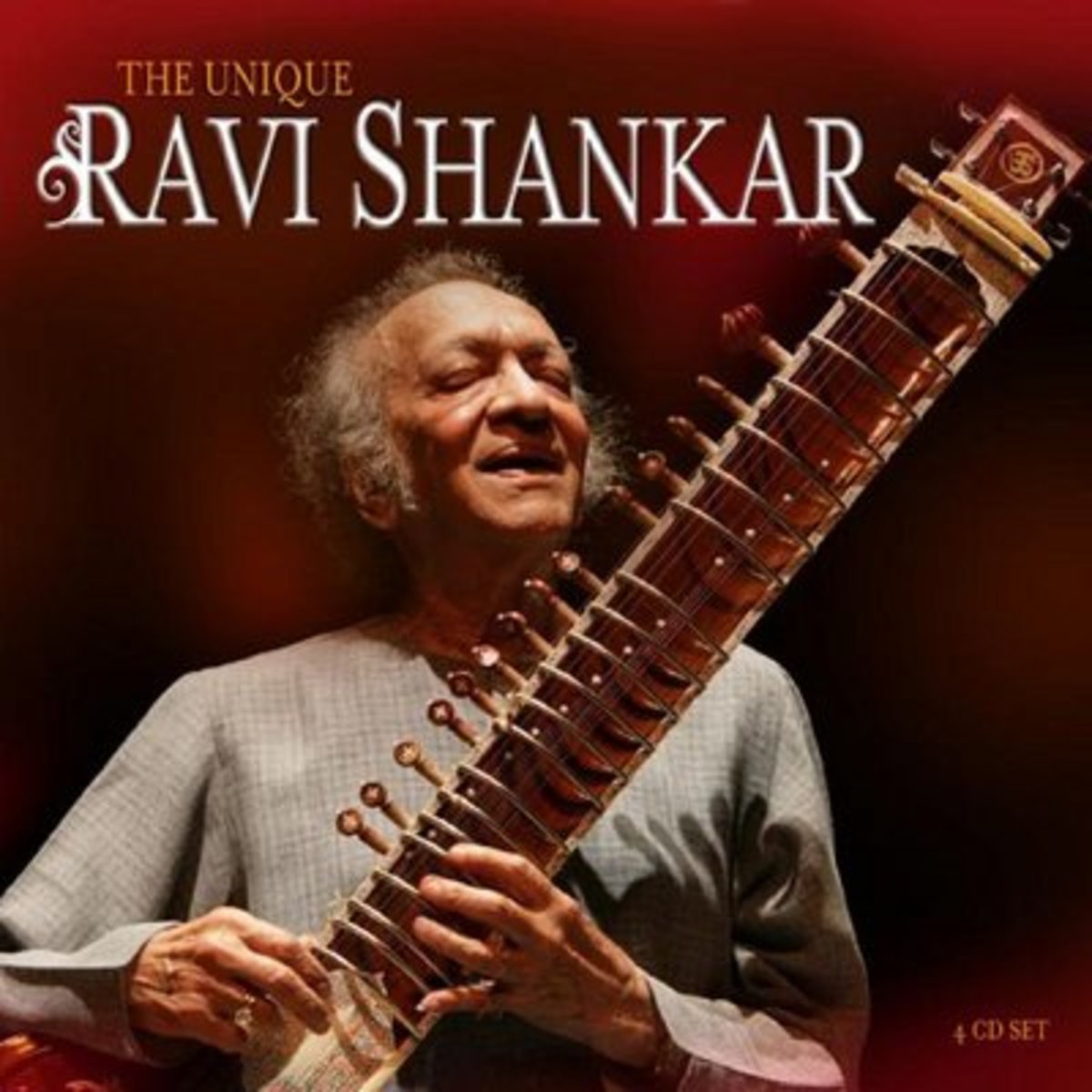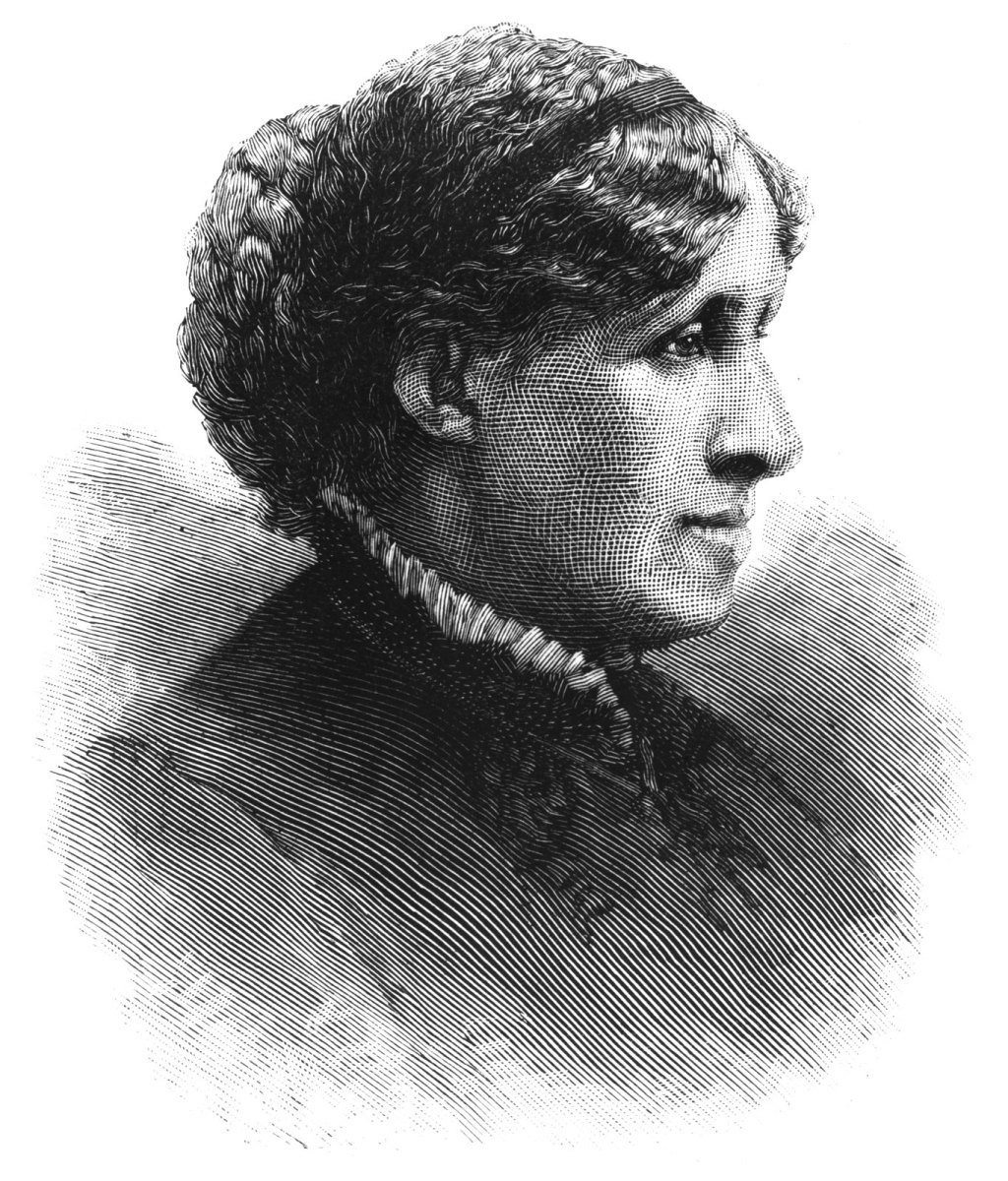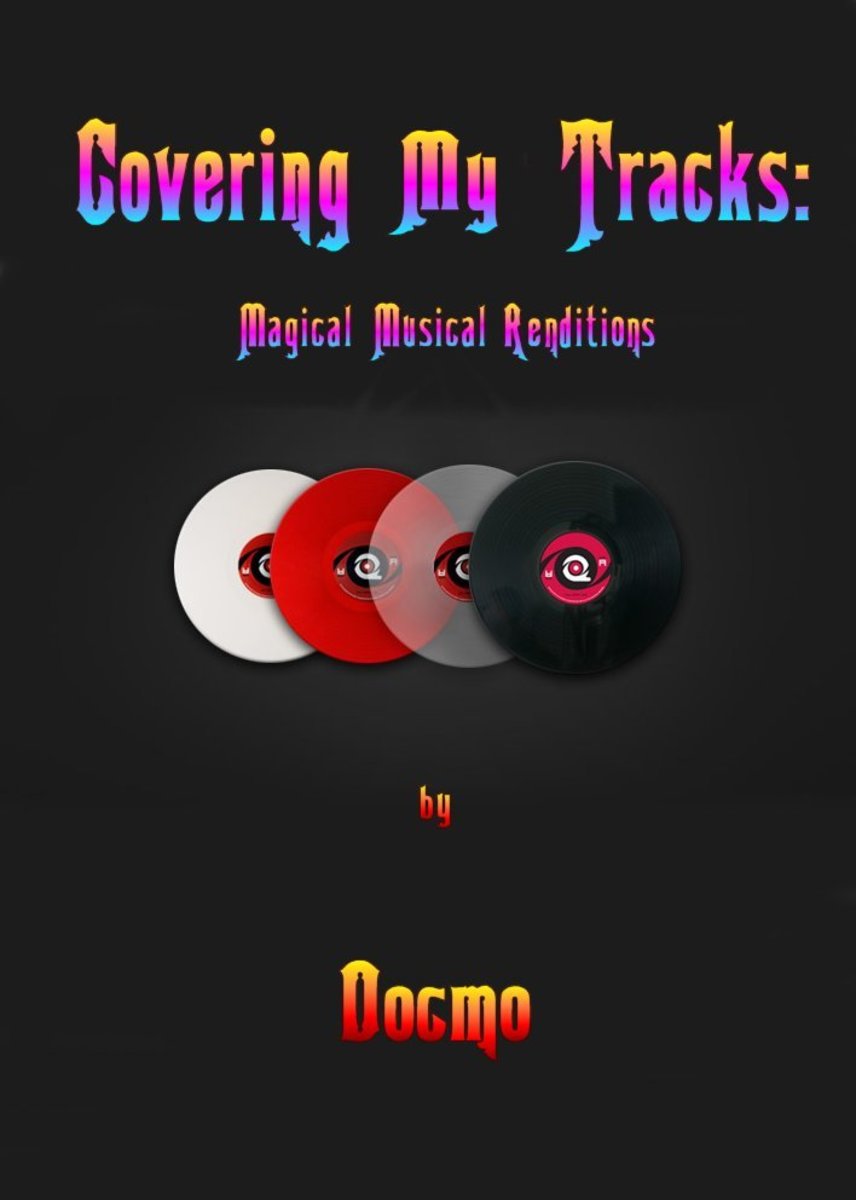The Swinging Sound of the Sixties: More Instruments of the 60s
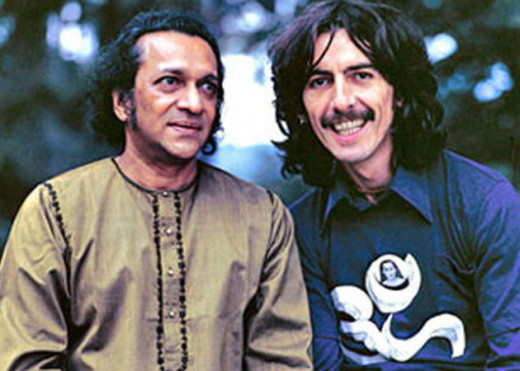
One of the most innovative and eclectic decades in music, the 1960s saw the emergence of new musical styles, revolutions in existing genres, changes in production and studio techniques, and the development of new technologies. Decades later, the music of this era continues to delight and influence; even today, many musicians still draw inspiration from the music of the sixties. Following is basic advice to make your music sound more sixties. This shall be divided into several parts, each covering a different aspect of sixties music. Part three is sort of a continuation of the last part; however, this part focuses on the less conventional rock/pop instruments that were popular in the sixties.
Sitar
One the most unexpected instruments to gain popularity in the sixties was the sitar. It was played by George Harrison on a number of Beatles tracks, such as “Norwegian Wood” and “Within You Without You” (the latter being based on the classical music of India). Harrison would play the sitar again on his debut solo album, Wonderwall Music, on which the instrument was featured prominently.
George Harrison influenced the Rolling Stones to use a sitar on “Paint it Black,”starting a trend in the late sixties of rock songs featuring sitars. This includes “San Francisco” by Scott McKenzie, “The Rain, the Park, and Other Things” by the Cowsills, “Judy in Disguise” by John Fred and his Playboy Band, “Sit with the Guru” by Strawberry Alarm Clock, “Just Dropped In” by the First Edition, and the Moody Blues on the album In Search of the Lost Chord.
On a side note, Eastern elements (not limited to the sitar) were common in psychedelic music. Incorporating Eastern influences into your music is an effective way to create a psychedelic mood.
Tambourine
The sixties was a golden age for tambourine players, who were honored with the song “Mr. Tambourine Man,” which featured the instrument. It is was a staple of Motown and Phil Spector productions. Notable uses of the tambourine include “I Can't Help Myself” by the Four Tops, “Love Me Do” by the Beatles, “Time Is On My Side” by the Rolling Stones, “Can't Take My Eyes Off You” by Frankie Valli, “I Heard It Through the Grapevine” by Marvin Gaye, “Dedicated to the One I Love” by the Mamas and the Papas, and “Last Train to Clarksville” by the Monkees.
Hand claps
Hand claps were another common percussion effect of the sixties. It was mostly associated with girl groups; “Please Mr. Postman” by the Marvalettes and “My Boyfriend's Back” by the Angels are good examples, as are many tracks by the Supremes. Hand claps can also be heard in other genres, “I Want to Hold Your Hand” by the Beatles being one of the most notable examples.
Latin percussion
Latin percussion was more widely used in the rock and pop music of the sixties than it is now. It is especially associated with songs produced by Phil Spector, who often added a Latin tinge to his productions. Songs featuring Latin percussion include “By My Baby” by the Ronettes, “And I Love Her” by the Beatles, “Good Vibrations” by the Beach Boys, “River Deep, Mountain High” by Ike and Tina Turner, “I Think We're Alone Now” by Tommy James and the Shondells, and “Then He Kissed Me” by the Crystals.
Harmonica
The harmonica was also used in the sixties, fairly often. Bob Dylan's first album featured only his vocals, accompanied by himself on acoustic guitar and harmonica. Many of his other hits also feature the mouth organ. John Lennon played one on Beatles tracks such as “Love Me Do” and “Please Please Me.” It is also played on tracks by the Rolling Stones, Cream, and the Lovin' Spoonful.
Celesta
The celesta, a keyboard best known for its appearance in Tchaikovsky's "Dance of the Sugar Plum Fairy" from The Nutcracker, was also quite popular in the sixties. It features on tracks such as “Sunday Morning” by Velvet Underground, “Baby It's You” by the Beatles, “Girl Don't Tell Me” by the Beach Boys, “Walking in the Rain” by the Ronettes, and “Rhythm of the Rain” by the Cascades.
Harpsichord
Another keyboard instrument that experienced a revival in the sixties was the harpsichord. It was typically used to add a Baroque flavor to a piece. “In My Life” by the Beatles features what sounds like a harpsichord, but is actually a piano; the tape was sped up to create that sound. Actual uses of the harpsichord in the sixties include “You've Lost That Lovin' Feeling” by the Righteous Brothers, “Fixing a Hole” by the Beatles, “Lady Jane” by the Rolling Stones, “When I Grow Up” and “God Only Knows” by the Beach Boys, “Love Me Two Times” by the Doors, “Scarborough Fair” by Simon and Garfunkel, “Mountains of the Moon” by the Grateful Dead, “House of Four Doors” by the Moody Blues, “Nancys Minuet” by the Everly Brothers, “For Your Love” by the Yardbirds, “Different Drum” by Linda Ronstadt, and the Addams Family theme song.
Watch Lurch demonstrate the harpsichord in the video below.
Learn more about 60s music:
Songwriting:
http://hubpages.com/entertainment/The-Swinging-Sound-of-the-Sixties
Instruments:
http://hubpages.com/entertainment/The-Swinging-Sound-of-the-Sixties-Instruments
Production
:http://hubpages.com/entertainment/The-Swinging-Sound-of-the-Sixties-Production
